Detour #187 Prosecco Time, Italy
Photo Shutterstock
The pocket-sized hilly area where Prosecco is produced remains one of Italy's unsung driving delights.
In the northeastern Veneto region, two neighbouring zones produce the best quality versions of the bubbly: Conegliano and Valdobbiadene. The drive from one to another meanders past higgledy-piggledy rows of vines, centuries-old monuments and hilltop hamlets. It is Italy's oldest wine route and the perfect way for Detourists to discover some of the most storied Prosecco producers.
The route begins in the small city of Conegliano, which merits a short visit before setting off. The main streets are lined with fresco-adorned noble residences and the cathedral houses a magnificent painting depicting Madonna and Saints in jewel-coloured robes by locally-born Renaissance master Cima di Conegliano.
The round route from Conegliano to Valdobbiadene is roughly 70km long with its starting point near Conegliano’s Cerletti Institute, the oldest enological school in Italy founded in 1876.
The Strada del Vino, or wine road, begins by winding its way to the hilltop village of Collabrigo, encircled by vineyards. Here you can make an early stop at the chic-but-rustic Ca’ Vittoria for a glass of fizz and homemade snacks.
The journey continues towards Rua di San Pietro di Feletto, where the town hall is housed in a 17th-century hermitage, and then on to San Pietro di Feletto. Here, make sure you stop at the monumental 12th-century church (Pieve), a masterpiece of Romanesque elegance.
Photo Shutterstock
The next stretch of road winds up to the village of Refrontolo between a succession of suggestive views of the Felettano hills, and then onto Solighetto. Here, you can make a pit stop to visit the 18th-century Villa Brandolini, now the headquarters of the consortium for Prosecco Conegliano Valdobbiadene DOCG.
In the nearby town of Soligo, visit the Church of Santa Maria Nova and its frescoes, both dating from the 14th century. If you fancy stretching your legs here, a short hike takes you to the temple of San Gallo on top of a hill from where you can enjoy an extraordinary panoramic view of the Piave valley below.
A little further down the road, take a break at Azienda Agricola Le Volpere, a winery with equally breathtaking views over the valley.
The route continues on the Colbertaldo, where you can see a historic rural landscape that is still largely intact. It is dotted with little stone huts, nicknamed “snails” in the local area. These are ancient “Casére” where farmers still shelter their hay and tools today.
Now you’re into the heart of the prosecco hills, where the finest bubbly is produced. This tiny 108-hectare area, known as Cartizze, has a particular microclimate and terrain that are said to be responsible for the exceptional quality of the wine made here.
Photo Rebecca Ann Hughes
Because the land is so prized, it is still split into minute sections that have been passed down through generations. This is the area to stop in at family-run businesses like Garbara, Nani Martin and Colline Guizette. Although booking is advisable, they're likely to answer a spontaneous knock at the door by downing tools and uncorking one of their refined wines.
Just to the north, there is a novelty bar that’s worth a visit. Called Osteria Senza Oste, it is famed for having no owner. Once, it was a little-known hangout where you entered a cramped stone hut, grabbed a bottle and cups from the table and left some money in a box. Now, there are vending machines for the glasses and wine due to the bar’s growing popularity. But the experience of drinking at little makeshift ledges and tables hidden amongst the leafy vines is as poetic as ever.
The outward leg of the journey ends in Valdobbiadene with a main square lined with neoclassical buildings. Stop at the wine shop and bar Al Canevon for prosecco and snacks, known as aperitivo in Italy. Wandering around town, you’ll see the warehouses and wine shops of big-name prosecco producers including Valdo, Bartolomiol, Nino Franco and Mionetto.
The journey back to Conegliano begins with a meandering road through steep, vine-covered hillsides. Take a slight detour to the famed Cistercian Abbey of Follina with its graceful cloister and towering Gothic basilica.
After returning to the route, you find the tiny hamlet of Rolle. Just down the road, stop at the vineyard and relais of Duca di Dolle, one of the chicest places to stay in the area. Poolside prosecco can be followed by an al fresco meal overlooking the verdant hills and a night in their historic hotel.
The home straight passes through Tarzo, Carpesica and Ogliano, a series of villages comprised of handfuls of low stone houses huddled around a parish church., before returning you to The Cerletti Institute in Conegliano, where you started. Salute!
Words Rebecca Ann Hughes
Photo Rebecca Ann Hughes







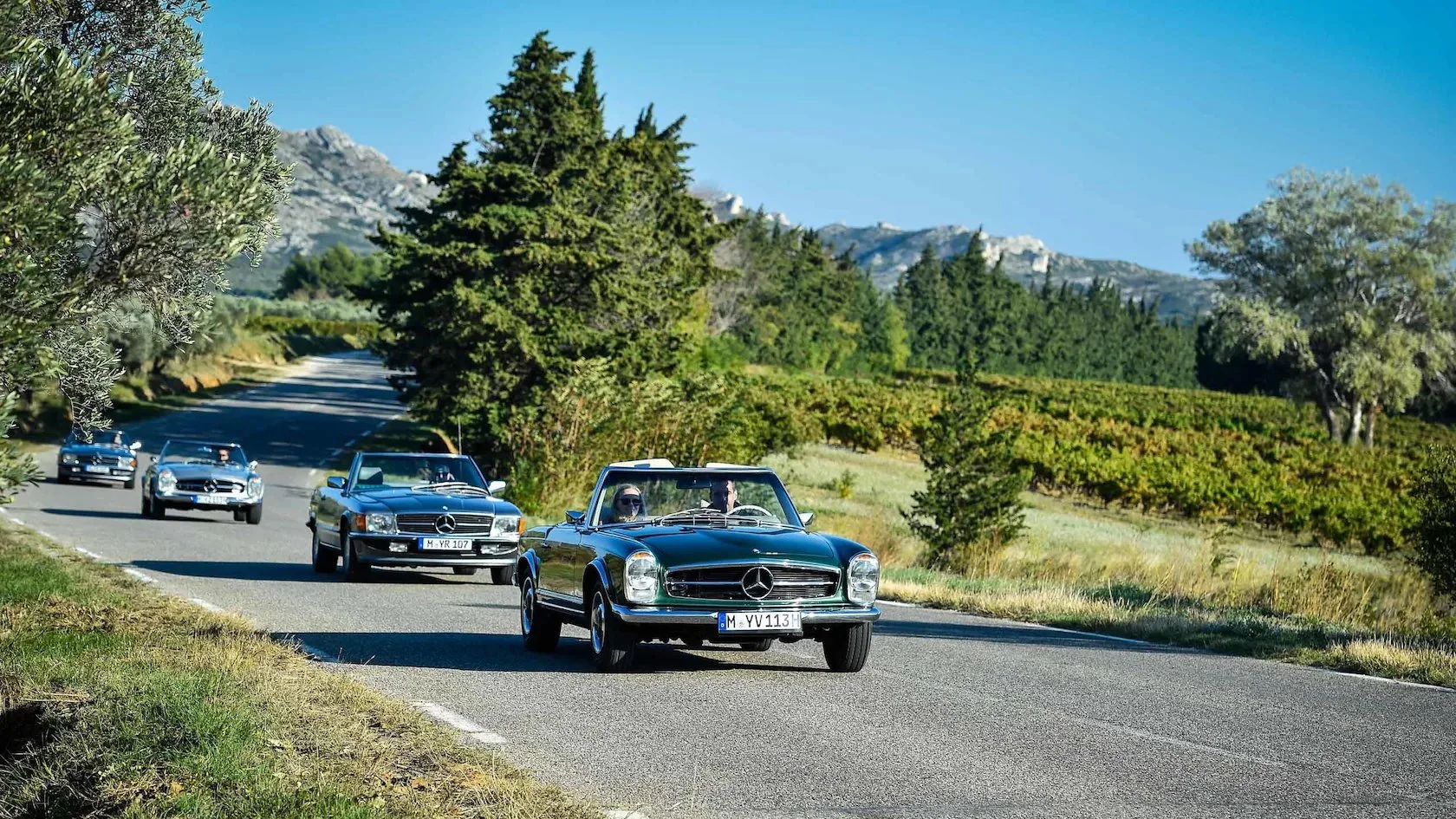

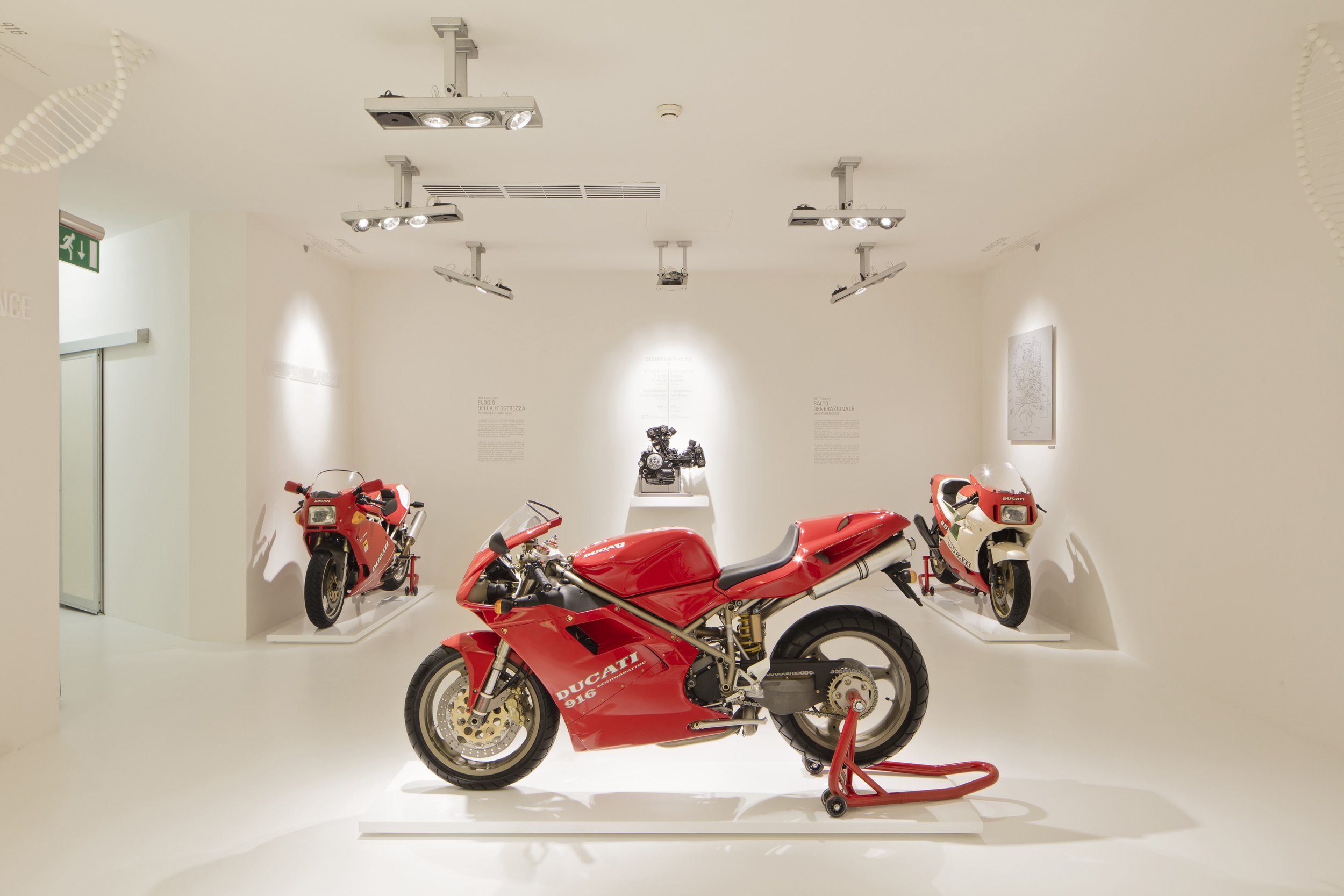




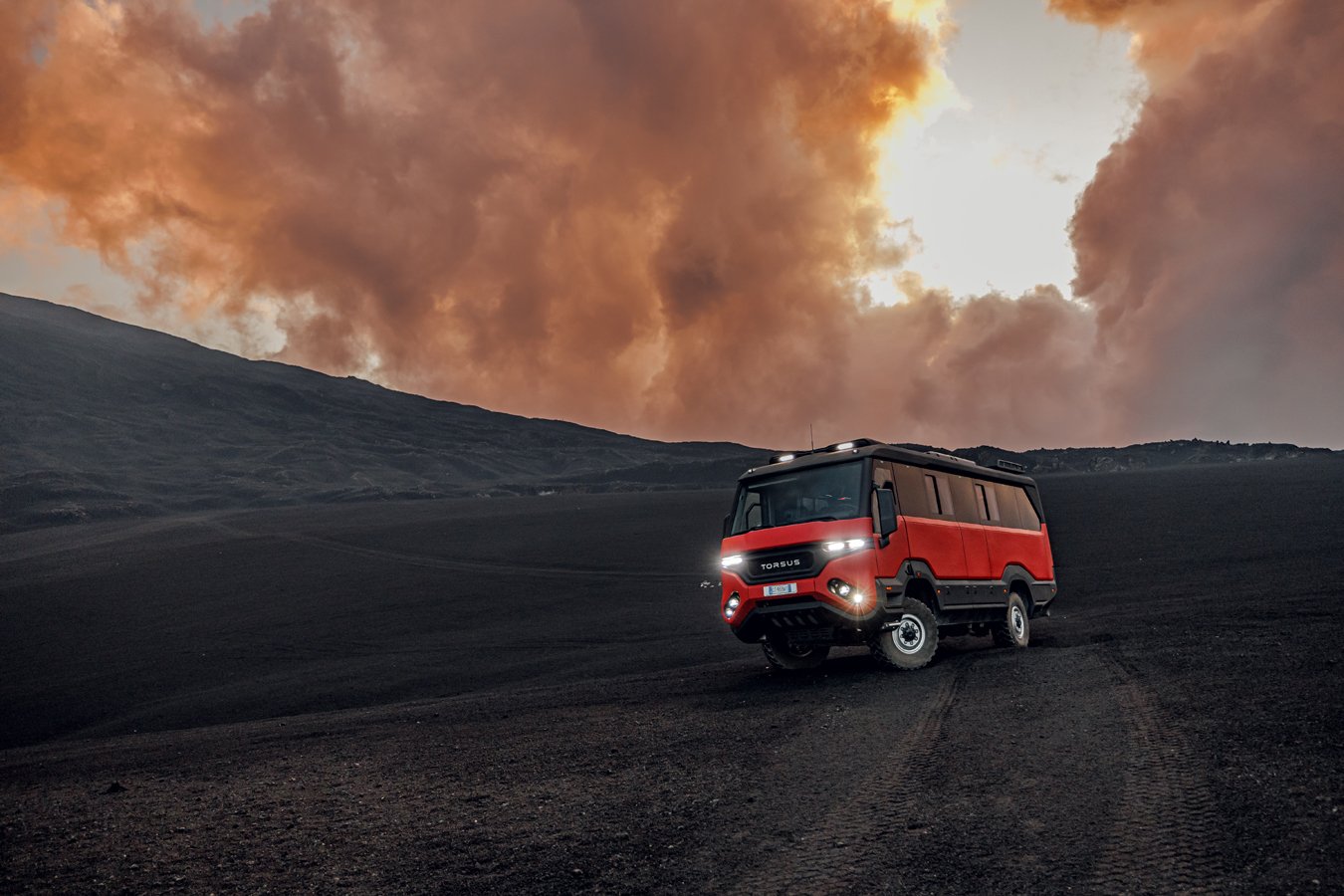
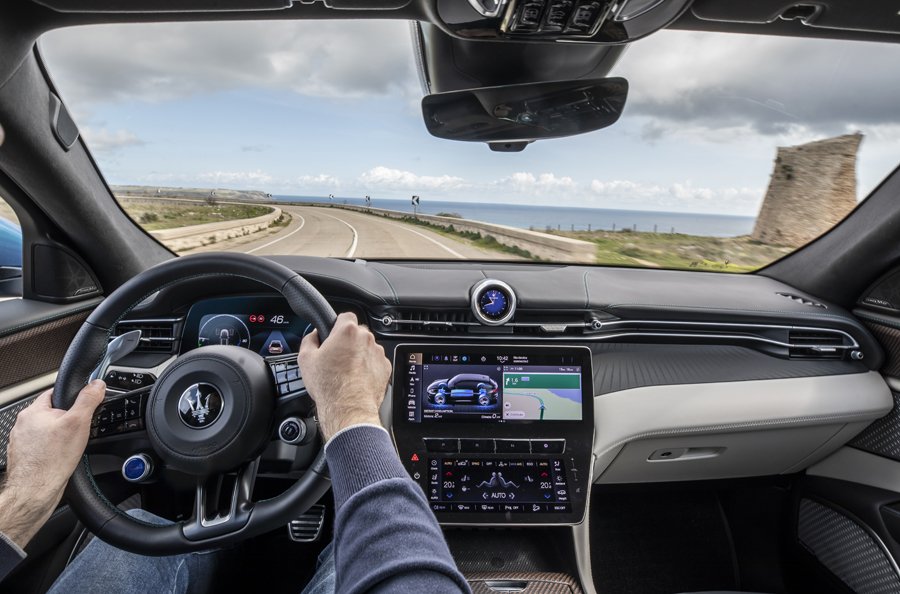

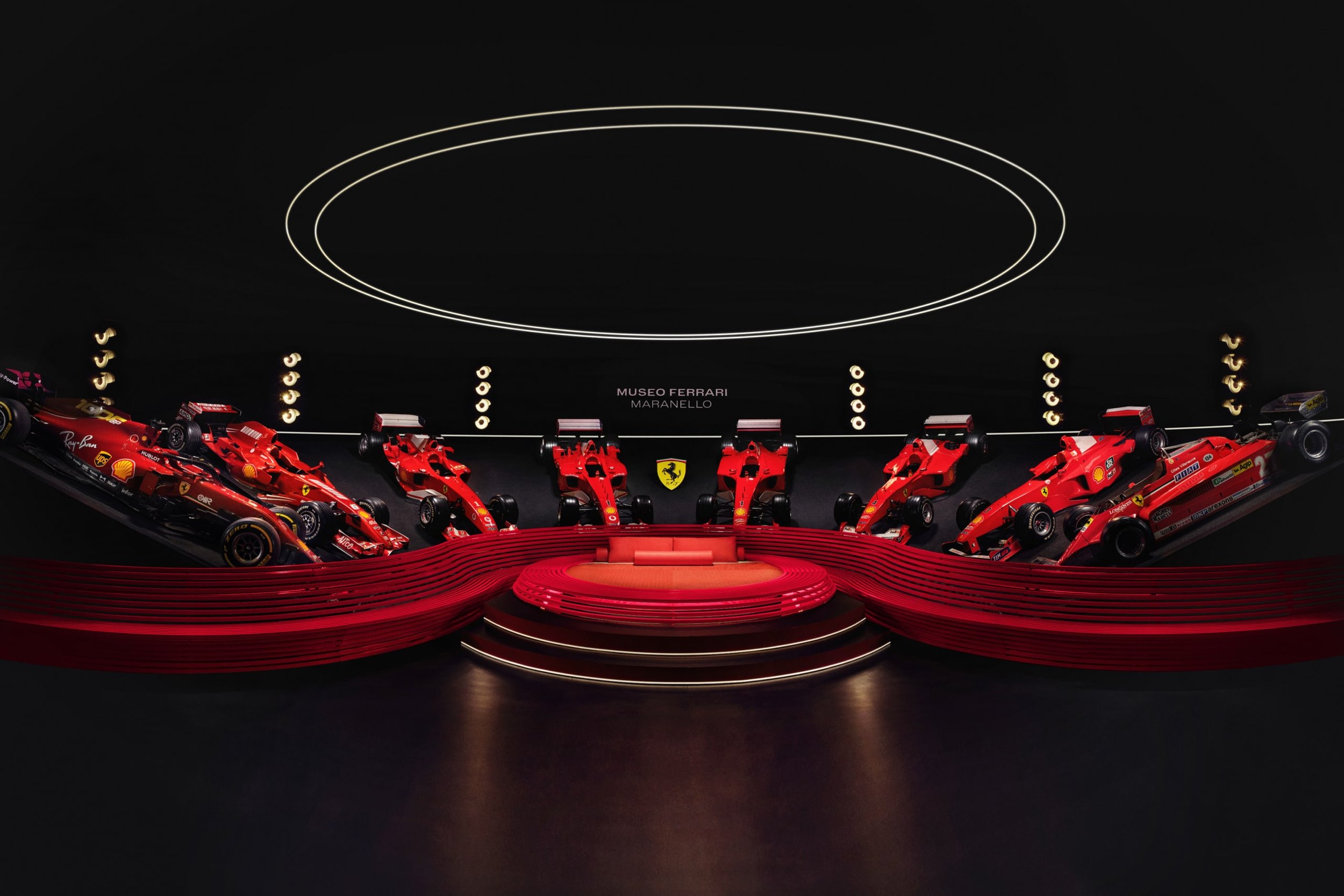
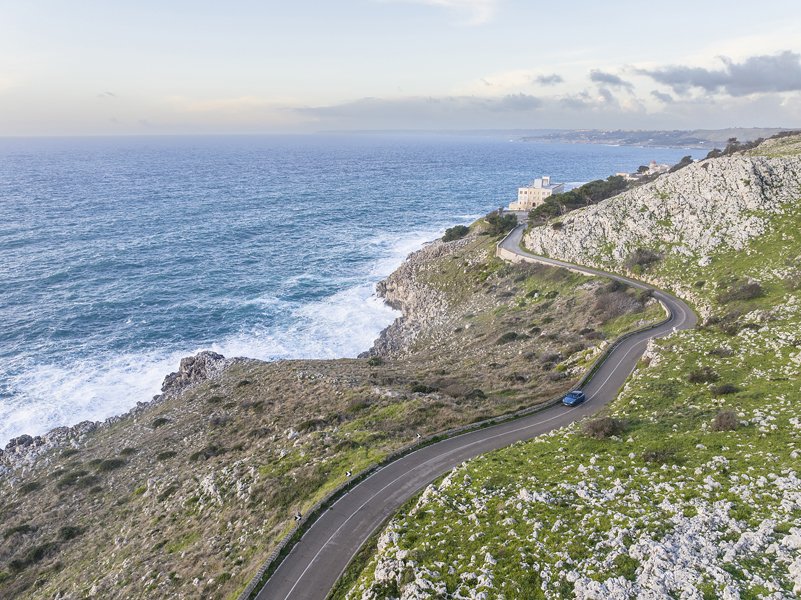











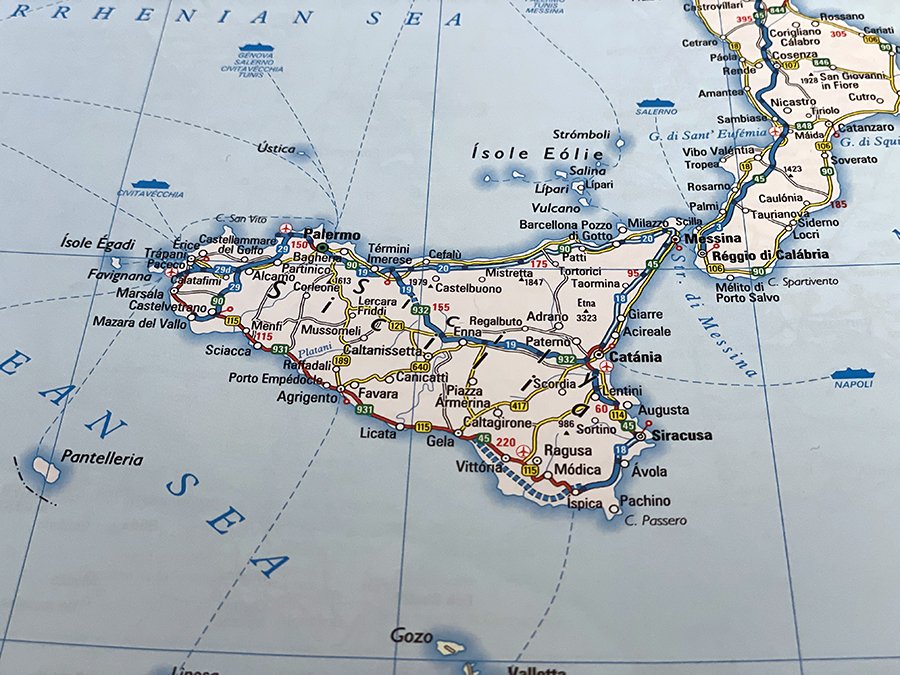



Two centuries ago possibly the most famous mountain pass… in the world was completed.